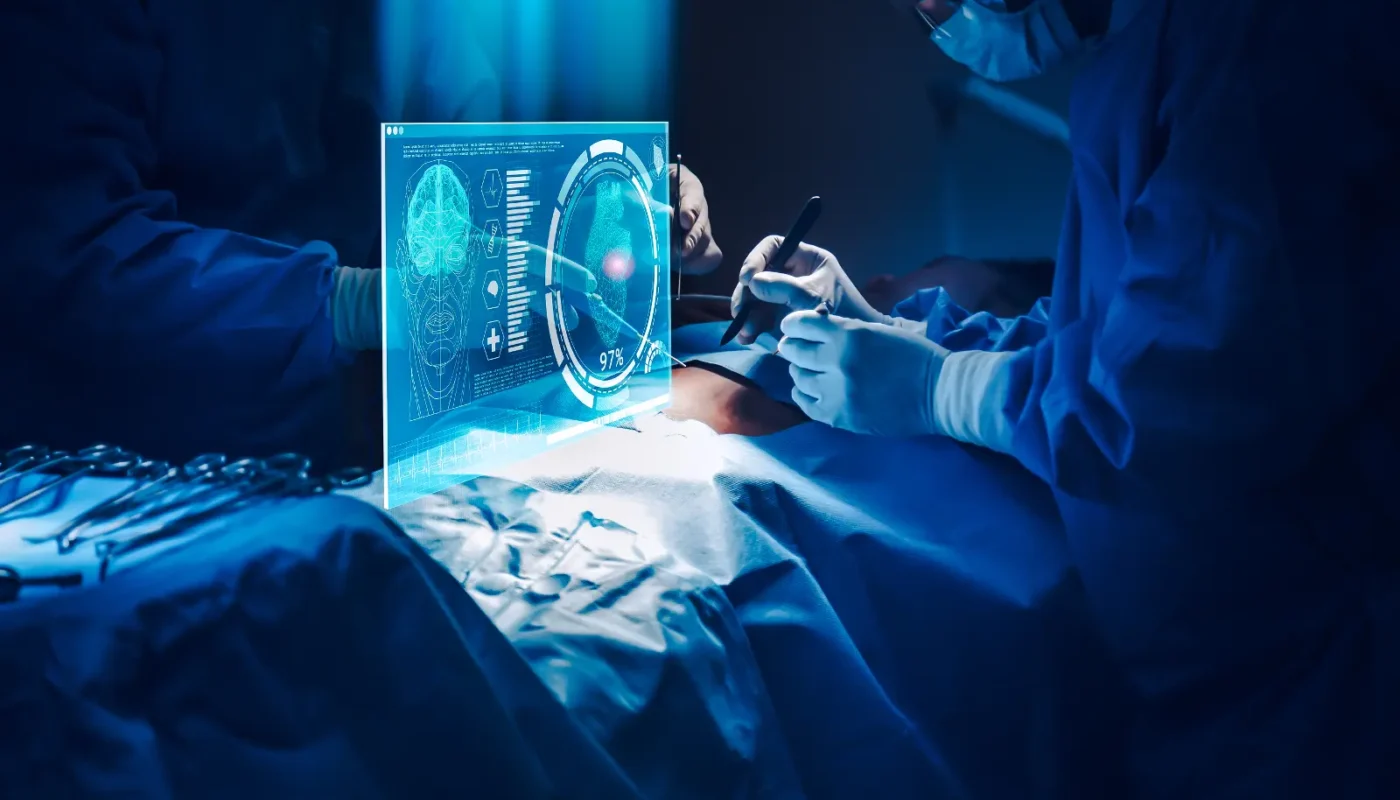Introduction
Augmented reality (AR) is emerging as a transformative technology that can radically change how healthcare is delivered. By overlaying digital information onto the real world, AR has the potential to improve medical training, diagnosis and treatment. As the technology advances, AR is poised to become a mainstream tool used across many areas of the healthcare sector.
Medical Training and Education
One of the primary applications of AR in healthcare is for medical training and education. Using AR, medical students and trainees can experience virtual replicas of the human body and medical procedures. This allows them to practice procedures like surgeries or physical examinations in a safe, simulated environment.
AR can be used to study complex anatomical systems that are otherwise difficult to visualize. For example, students can explore detailed 3D models of organs, skeletal structures and other internal body systems. Interactive AR models bring anatomy lessons to life and help cement key concepts. AR technology also enables “remote collaborations” where medical experts can guide students or less experienced doctors through complex procedures in real-time.
Surgical Planning and Guidance
In the operating room, AR is being adopted to improve surgical accuracy and outcomes. Pre-operative AR applications allow surgeons to visually plan procedures by overlaying vital anatomical structures onto a patient in real-time. This facilitates more precise incisions and treatment approaches.
During surgery, AR guidance systems use tracked tools, cameras and 3D virtual displays to help guide surgeons’ hands. Some examples include AR guidance for precise tumor resection, dental implant placement and orthopedic joint replacement procedures. Studies have found AR assistance leads to improved accuracy, efficiency and reduced risks compared to traditional surgical techniques.
Mobile Medical Imaging
Radiologists and other specialists are beginning to use AR-enabled tablets and head-mounted displays to review and analyze medical images. By bringing scans into the real world using AR, doctors can visualize multidimensional imaging studies like MRIs and CT scans from any angle for more intuitive perception of anatomical structures.
Some physicians are even able to perform “interactive teleultrasound” examinations remotely using AR visualization of ultrasound data. This has applications for telerehabilitation, telestroke evaluations and delivering specialist care to rural locations. Over time, Augmented Reality In Healthcare is likely to change how medical imaging interpretation is conducted.
Remote Medical Consultations and Treatment
The COVID-19 pandemic has accelerated adoption of telemedicine solutions involving AR technology. Using AR headsets or smartglasses, doctors and nurses can conduct remote exams, make virtual Rounding or provide remote guidance during medical procedures.
For example, AR is enabling new types of “mixed reality” teleconsultations where virtual physicians are co-located with patients to examine them jointly and collaboratively with remotely-located specialists. This same methodology can be applied to tasks like post-operative remote wound monitoring using AR. These capabilities are invaluable for remote or isolated populations with limited access to healthcare.
Continued Advancements and Integration
The capabilities of AR technology applied to healthcare will continue to expand significantly in the coming years. Future advancements may involve integrating AR with additionalModalities like AI, virtual reality, haptics, robotics and sensor technologies.
We can envision a future where AR is tightly integrated across entire clinical workflows from pre-op planning and simulation, to image-guided procedures, remote diagnosis collaborative treatment and automated post-op recovery monitoring. Wearables like smartglasses could become standard physician tools providing hands-free access to live patient data, digital records and collaboration even during emergency situations.
Augmented reality holds enormous promise to improve medical education, enhance accuracy and outcomes of treatments, enable remote care delivery and make clinicians more efficient. As the technology matures and 5G networks are rolled out for faster response times, AR adoption in healthcare settings is poised for significant growth worldwide. Over the next decade, AR will likely transform many aspects of how healthcare is delivered for patients and clinicians alike through its unique ability to digitally overlay information directly onto the real world.
*Note:
1. Source: Coherent Market Insights, Public sources, Desk research
2. We have leveraged AI tools to mine information and compile it



